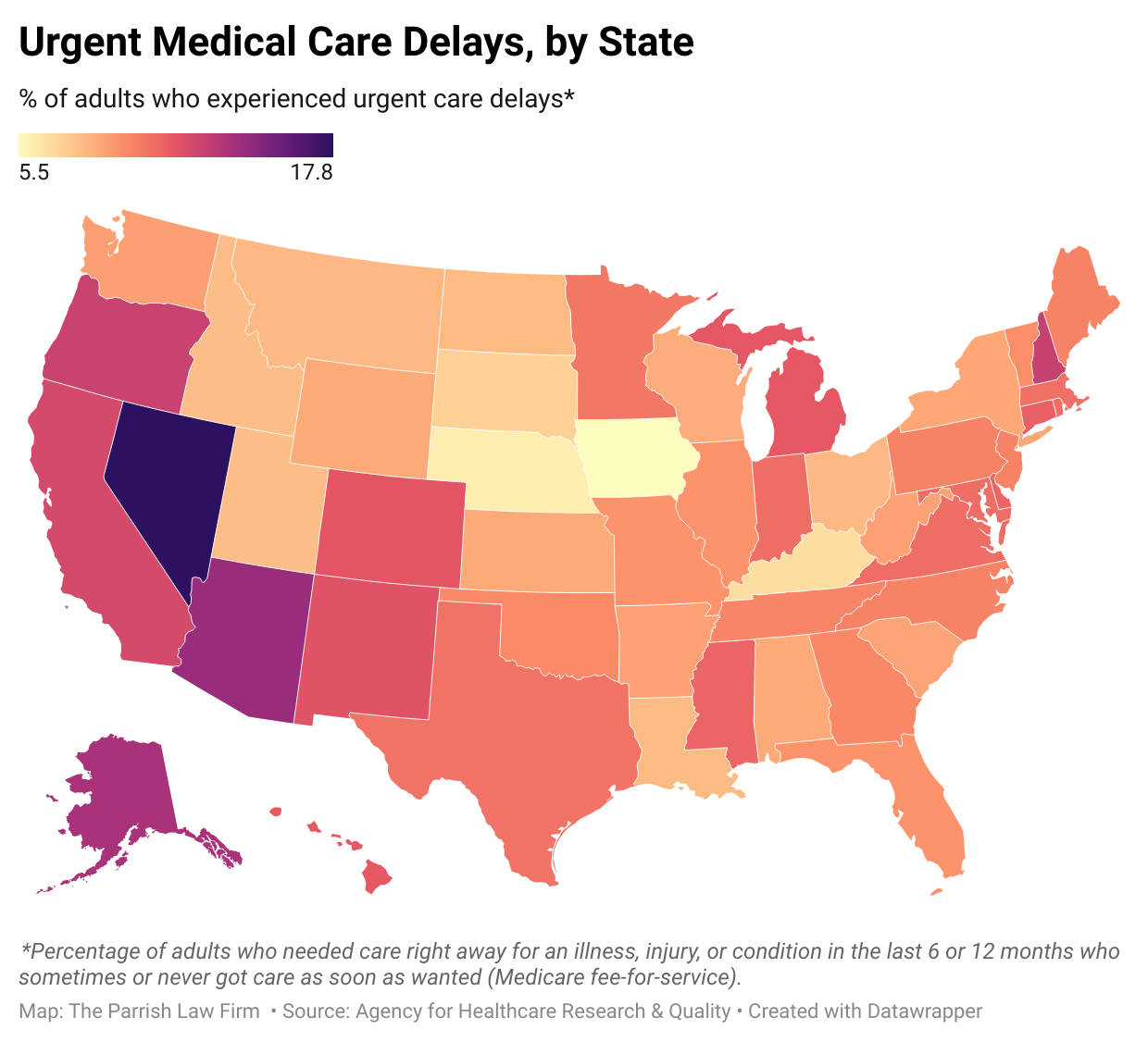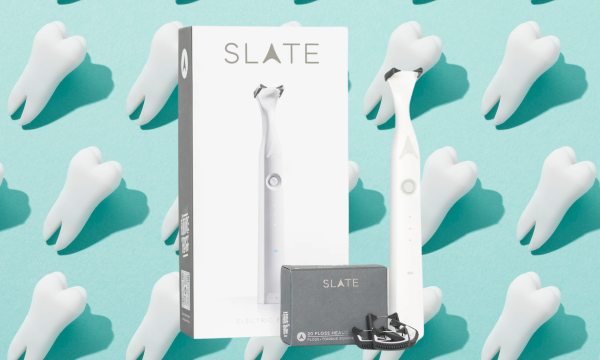A recent study has identified the best and worst states for providing urgent medical care for illnesses or injuries. It is bad news for California’s residents as a high percentage of patients have reported dangerous delays, whereas Iowa has less waiting time.
Based on 2019 data from the Centers for Disease Control and Prevention (CDC), 29.2% of adults had one or more urgent care center or retail health clinic visits in the previous 12 months. Identifying a crucial need for these services, however, recent findings indicate significant disparities in urgent care accessibility among different states.
The study revealed California is one of the worst states for urgent medical care with 12.3% of patients reporting extreme delays. This is the sixth-highest percentage in the country highlighting the states struggle to keep up with the demand.
Nevada topped the ranking with a staggering 17.8% of adults reporting issues accessing timely medical care for illnesses or injuries. This figure significantly exceeds that of all other states by 3.5%, highlighting substantial challenges in healthcare accessibility within Nevada.
Arizona claims the second spot as the second-worst state for urgent medical care, with 14.3% of adults facing difficulties receiving timely medical attention when needed.
Ranking third in the list of worst-performing states for medical care is Alaska, where 13.8% of adults reported encountering delays in accessing urgent medical care for illnesses or injuries.
In fourth place, New Hampshire clearly experiences challenges in providing efficient medical care, with 12.8% of adults reporting difficulties in receiving timely medical attention for their illnesses or injuries.
Oregon claims the fifth spot among the states with the poorest medical care, as 12.7% of adults reported either sometimes or never receiving medical care in their desired time frame.
The research, conducted by Virginia accident and injury lawyers The Parrish Law Firm, utilized data from the Agency for Healthcare Research and Quality (AHRQ). It examined the percentage of adults seeking urgent medical care for illnesses or injuries who reported ‘sometimes’ or ‘never’ receiving care as soon as wanted over the past six or twelve months.














